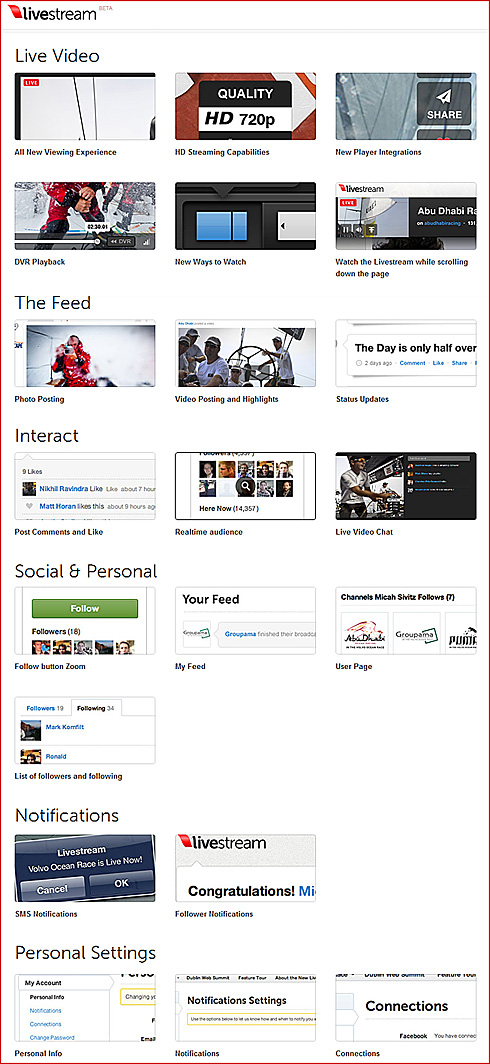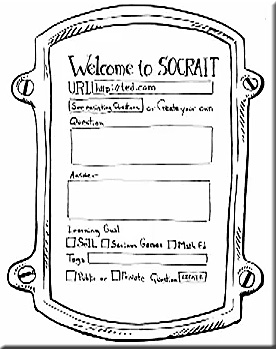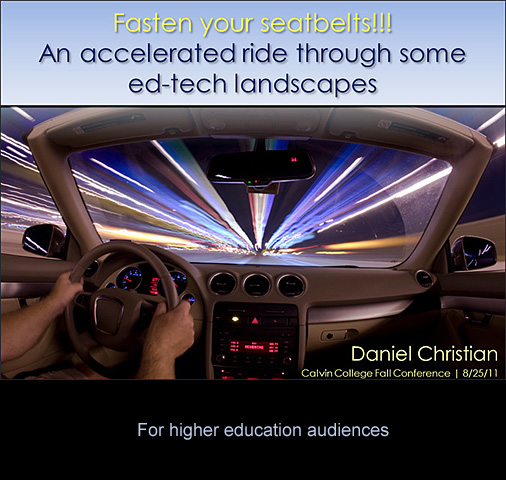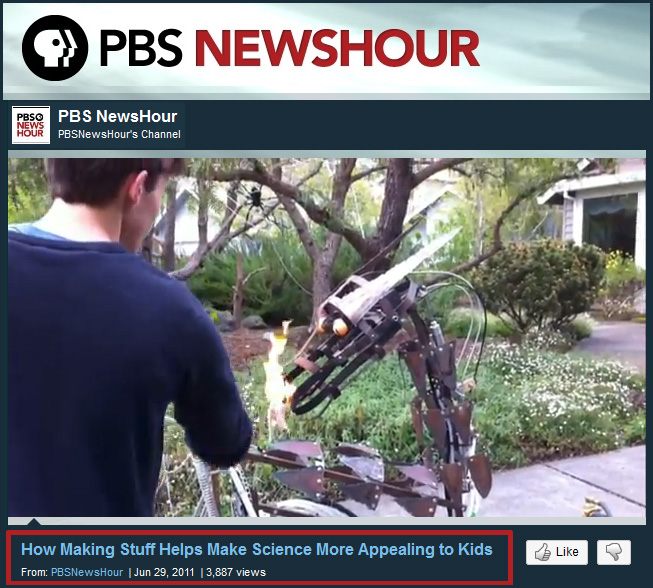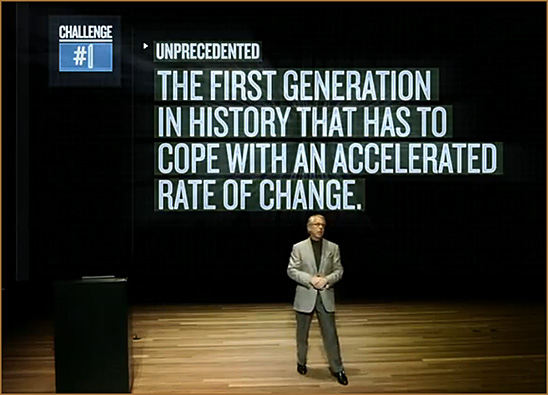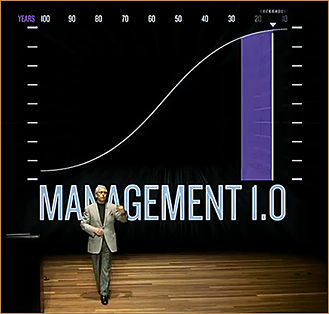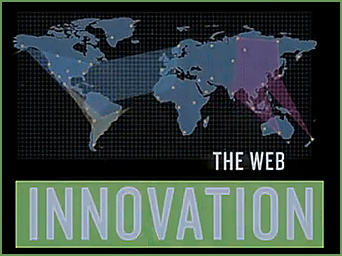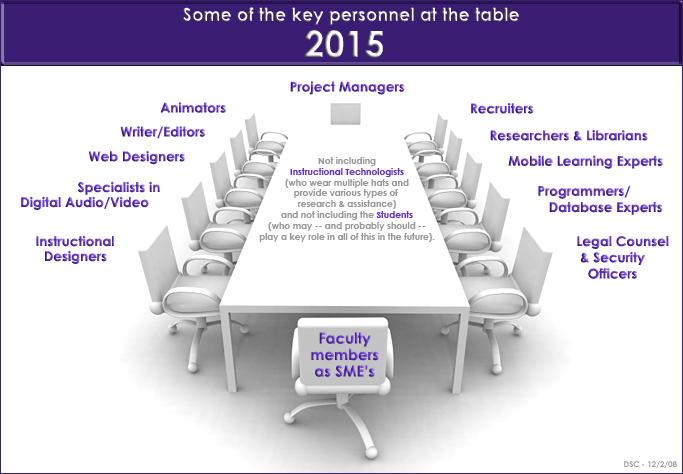.
Example article:
Principles of Instruction — from American Educator by Barak Rosenshine
Research-based strategies that all teachers should know
Excerpt:
The following is a list of some of the instructional principles that have come from these three sources. These ideas will be described and discussed in this article:
- Begin a lesson with a short review of previous learning.
- Present new material in small steps with student practice after each step.
- Ask a large number of questions and check the responses of all students.
- Provide models.
- Guide student practice.
- Check for student understanding.
- Obtain a high success rate.
- Provide scaffolds for difficult tasks.
- Require and monitor independent practice.
- Engage students in weekly and monthly review.
Excerpt from the Moodlerooms blog posting
Best Practices: Four Tips for Creating an Effective Online Syllabus
Tip #5: Make the most of Moodle modules.
As a best practice, we suggest using the Book module for your course syllabus. The Book module allows you to chunk your syllabus into logical segments (e.g., grading, participation, course description, course requirements, communication) using the Book’s chapter feature. It has in-module navigation that allows students to view the syllabus in chronological order, but also has a great Table of Contents, allowing students to jump to specific pages. The Book module also allows for printing—so students can print the syllabus for later use as well!
Teaching students to be multimedia storytellers — from Spotlight on Digital Media & Learning
From DSC:
With a special congrats out to Laura Fleming on her curation efforts:
We wanted to point Spotlight readers to a new, powerful collection on the National Writing Project’s Digital Is website. Reading and Writing Transmedia is curated by Laura Fleming, a library media specialist in River Edge, N.J., who blogs regularly about the connection between transmedia and education.
Telepresence in the classroom: Enhancing breadth and depth of learning — from Cisco by Kerry Best
Excerpt:
All of a sudden, the classrooms lost their walls, and prior geographic and instructional limitations ceased to restrict learning.
- …[telepresence] can bring in teachers for important subjects in which current instructors may not have specialized expertise
- …take students on virtual field trips
- …for teacher education
- …bring historical figures to life
Smart Pens and Learning — from Dartmouth Center for the Advancement of Learning by Thomas Luxon
From DSC:
I’m also pondering if Prezi can be used for long mathematical equations and/or problems… That is, can you zoom into a particular portion of the work being done, but then zoom out to see the entire work?
In other words, how can we capture and present several “chalkboards'” worth of material — with the end user being able to drill down where they want to?
Reinventing the Technology of Human Accomplishment — by Gary Hamel; from the University of Phoenix Distinguished Guest Video Lecture Series.
From DSC:
No matter whether you agree with what Gary is saying or not, can you imagine if every lecture contained this type of team-based assistance in creating the motion graphics, recording the video, editing the video, executing proper sound design principles, etc.? Most likely such an endeavor would be more achievable/successful when producing content in a controlled, studio type of environment — and then presenting it online (vs. trying to do this in front of a live classroom/audience/face-to-face.)
Anyway, very powerful communication channels here! Excellent use of motion graphics to backup his message. A transcript with bolded headings and colored main points would be great too. By the way, wouldn’t it be cool for “call outs” to appear — somewhat in an augmented reality sort of way — when a main point was just made?!
Description of video:
Watch Gary Hamel, celebrated management thinker and author and co-founder of the Management Innovation eXchange (MIX), make the case for reinventing management for the 21st century. In this fast-paced, idea-packed, 15-minute video essay, Hamel paints a vivid picture of what it means to build organizations that are fundamentally fit for the future—and genuinely fit for human beings. It’s time to radically rethink how we mobilize people and organize resources to productive ends. Here’s how we start.
This video is an excerpt from the University of Phoenix Distinguished Guest Video Lecture Series.
Sample screen shots:
From DSC:
Again, can you imagine the bump in engagement/attention spans if a faculty member could be backed up by these types of motion graphics!?
From DSC:
I realize that many of the for-profits are already using teams of specialists…but many others are not.
–Originally saw this at the
Higher Education Management blog by Keith Hampson











